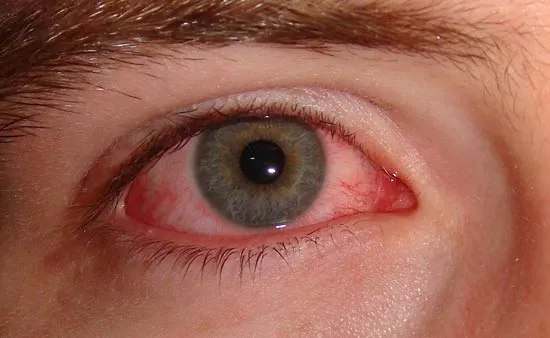Understanding Conjunctivitis and Its Symptoms

Conjunctivitis, commonly referred to as pink eye, is an inflammation or infection of the conjunctiva, a thin, transparent layer that covers the white part of the eye and lines the inside of the eyelids. This condition can range from mild irritation to severe infections that impair vision. Conjunctivitis is one of the most frequent eye conditions, and its causes and severity vary depending on the underlying factors.
Causes of Conjunctivitis
There are several primary causes of conjunctivitis:
Viral Conjunctivitis
This type of conjunctivitis is usually caused by viruses, particularly adenovirus. It often occurs in conjunction with colds or other respiratory infections. Viral conjunctivitis is highly contagious, spreading easily through direct contact with an infected individual or contaminated objects.
Bacterial Conjunctivitis
Bacterial conjunctivitis occurs when bacteria infect the eye. It is often related to improper eye hygiene, such as not washing hands before touching the eyes or using contaminated eye products. The infection may spread rapidly and can produce thick discharge, which causes the eyelids to stick together, especially in the morning.
Allergic Conjunctivitis
Allergic conjunctivitis is triggered by allergens such as pollen, dust, or pet dander. It tends to affect both eyes and is not contagious. Individuals with allergic conjunctivitis experience intense itching, tearing, and redness.
Irritant-Induced Conjunctivitis
This form of conjunctivitis is caused by exposure to chemicals, fumes, or foreign particles. For example, irritants like smoke or chlorine in swimming pools can lead to conjunctivitis. This type generally resolves once the irritant is removed from the eye.
Common conjunctivitis symptoms
The symptoms of conjunctivitis vary depending on the cause but typically include:
• Redness and Irritation: The eyes become red due to the inflammation of the conjunctiva.
• Discharge: Viral conjunctivitis produces watery discharge, while bacterial conjunctivitis causes thicker discharge, often yellow or green. In allergic conjunctivitis, the discharge may be clear and watery.
• Crusting of Eyelids: In bacterial conjunctivitis, the discharge often leads to crusting of the eyelids, particularly noticeable upon waking up.
• Itching and Light Sensitivity: Allergic conjunctivitis causes intense itching, while sensitivity to light is common in viral and irritant conjunctivitis.
• Swelling: In more severe cases, swelling of the eyelids may occur, particularly with allergic conjunctivitis.
How Conjunctivitis Spreads
Viral and bacterial conjunctivitis are highly contagious. The infection can spread rapidly through:
• Direct Contact: Touching the eyes of an infected person or coming into contact with contaminated surfaces like towels or door handles.
• Indirect Contact: Using personal items, such as cosmetics or contact lenses, that have been used by an infected individual can also spread the infection.
In contrast, allergic conjunctivitis is not contagious, as it is a reaction to allergens rather than an infection.
Preventing the Spread of Conjunctivitis
To prevent the spread of conjunctivitis, particularly viral and bacterial forms, several preventive measures can be taken:
• Frequent Hand Washing: Regularly washing your hands with soap and water helps reduce the likelihood of transferring the infection to your eyes or others.
• Avoid Touching the Eyes: Try not to rub or touch your eyes, especially if they are infected.
• Personal Hygiene: Avoid sharing personal items like towels, makeup, or eye drops. Disinfecting surfaces and washing bed linens regularly can also prevent transmission.
• Home Isolation: Infected individuals, especially children, should stay home from work or school to reduce the risk of spreading the infection.
Treatment Options for Conjunctivitis
The treatment of conjunctivitis depends on its cause:
Viral Conjunctivitis
Viral conjunctivitis typically resolves on its own within a week or two. Symptoms can be alleviated with supportive care such as cool compresses and lubricating eye drops. There is no specific antiviral treatment for most viral conjunctivitis cases.
Bacterial Conjunctivitis
Bacterial conjunctivitis is treated with antibiotic eye drops or ointments. It is essential to complete the prescribed course of antibiotics to ensure the infection is fully eradicated.
Allergic Conjunctivitis
Allergic conjunctivitis can be managed by avoiding allergens and using antihistamine eye drops to reduce itching and irritation.
Irritant-Induced Conjunctivitis
Flushing the eyes with water is often the first step in treating conjunctivitis caused by irritants. If the irritation persists or worsens, medical evaluation is necessary, especially if chemical exposure is involved.





